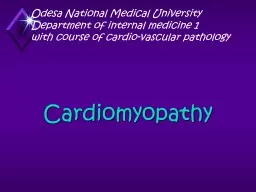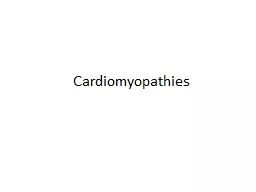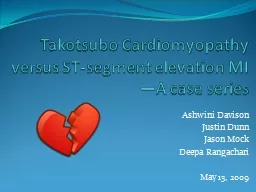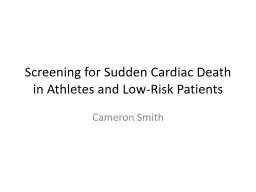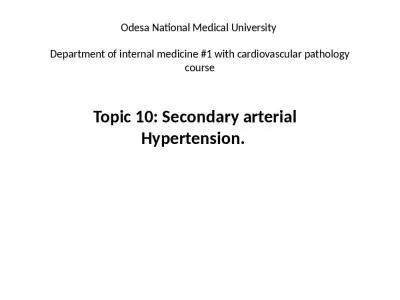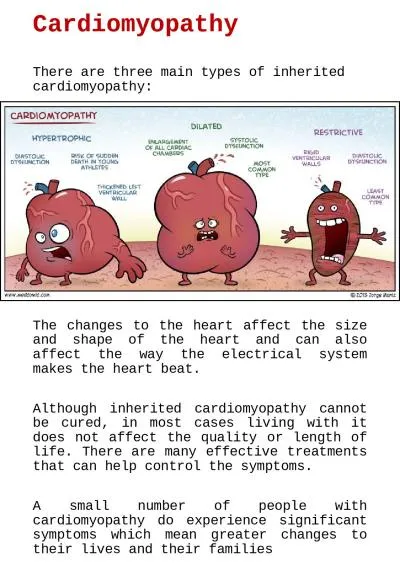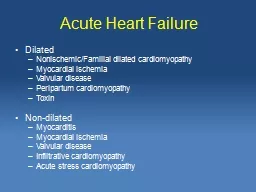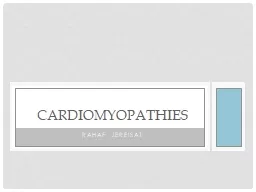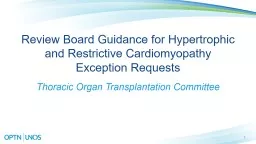PPT-Cardiomyopathy Odesa National Medical University
Author : morgan | Published Date : 2022-06-08
Department of internal medicine 1 with course of cardiovascular pathology disease of the heart muscle in which the heart loses its ability to pump blood effectively
Presentation Embed Code
Download Presentation
Download Presentation The PPT/PDF document "Cardiomyopathy Odesa National Medical Un..." is the property of its rightful owner. Permission is granted to download and print the materials on this website for personal, non-commercial use only, and to display it on your personal computer provided you do not modify the materials and that you retain all copyright notices contained in the materials. By downloading content from our website, you accept the terms of this agreement.
Cardiomyopathy Odesa National Medical University: Transcript
Download Rules Of Document
"Cardiomyopathy Odesa National Medical University"The content belongs to its owner. You may download and print it for personal use, without modification, and keep all copyright notices. By downloading, you agree to these terms.
Related Documents

